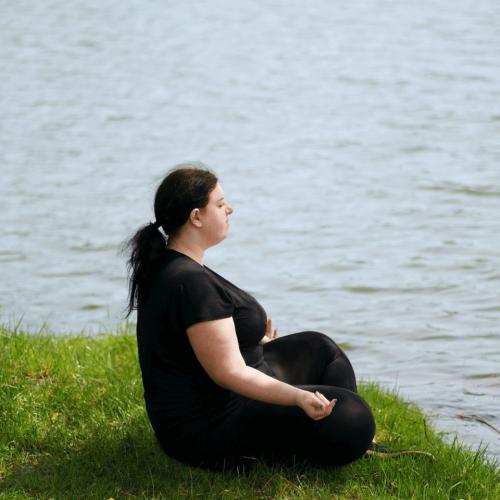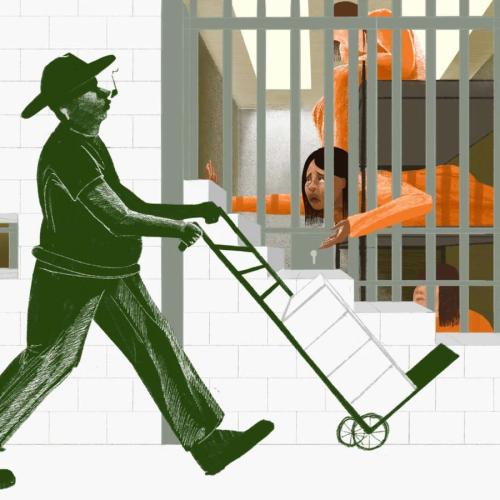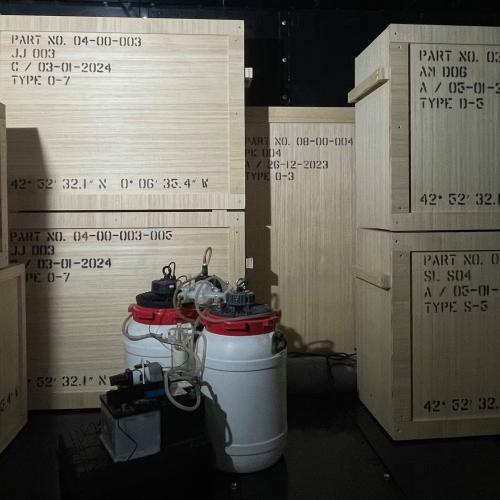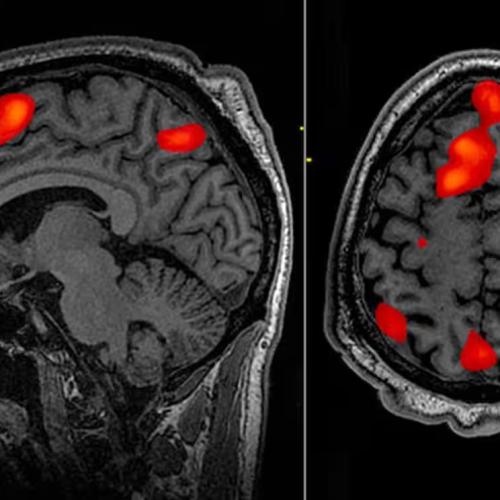Related Stories
Raw milk: a superfood or super risky?
Key Excerpts from Article on Website of The Guardian (One of the UK's leading newspapers)
Posted: June 4th, 2017
https://www.theguardian.com/lifeandstyle/2017/may/30/raw-mil...
The vast majority of milk we drink is pasteurized heat-treated to kill off harmful pathogens. Raw milk, on the other hand, goes straight from udder to bottle. Fans call it milk as nature intended: nutrient-rich and full of probiotics, the good kind of bacteria. Some fans go further, calling it a superfood that aids digestion, boosts the immune system and treats asthma, eczema and allergies. Due to concerns about safety, retail sales of raw milk are prohibited in about 20 states. Something called a herd-share scheme ... lets people buy an interest in a group of dairy cows. As a part-owner, youre entitled to what that cow produces, [food blogger Jennifer McGruther] explains. Its difficult for the state to say you cant drink the milk from cows you own. The US government estimates that 3.2% of people now drink it. But ... pasteurization is the norm for a reason its highly effective at killing things such as E coli, salmonella, campylobacter and listeria. Raw milk, on the other hand, relies heavily on the skill of the farmer and the cleanliness of the operation to avoid contamination. A study published by the Centers for Disease Control and Prevention (CDC) says raw milk illnesses have spiked as more people drink it. Between 2009 and 2014, raw milk and raw milk cheese caused the vast majority (96%) of all illnesses linked to contaminated dairy products. Several European studies and observations of Amish farm children do suggest those who drink raw milk have less asthma and fewer allergies.
Note: A 2012 mercola.com article on the raw milk debate suggests that US regulators are against raw milk because it can not be safely produced by large factory farms. For more along these lines, see concise summaries of deeply revealing news articles on food industry corruption and health.
Related Stories
Latest News
Key News Articles from Years Past












































































